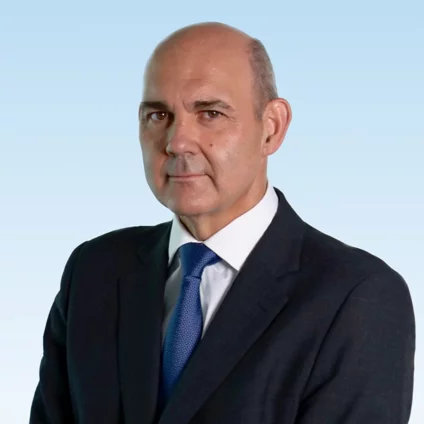In the ever-evolving landscape of IoT, one of the most highly anticipated developments is the GSMA’s eSIM IoT specification, known as SGP.3x. To uncover the nuances of this transformative shift and discover strategies for optimizing efficiency, we connected with Stephane Jayet, Head of Product Management at IDEMIA’s Digital Solutions Unit.
The new eSIM IoT specification doesn’t spell the end for the existing eSIM M2M architecture but introduces a more streamlined approach. This model is ideal for addressing the needs of the rapidly expanding IoT market. Specific industries with long product lifecycles, such as vehicles and sensors, are expected to remain within the M2M domain, while newer projects are likely to gravitate towards the eSIM IoT model.
Though the specifications are not yet finalized, the wheels are in motion. The complete set of specifications for tests and compliance is anticipated to be completed by the end of 2024. Stakeholders, including MNOs, OEMs, and eSIM solution providers, are proactively gearing up for this new era.
As the IoT market scales to serve massive services, the key lies in selecting a high-performance platform capable of handling spikes in activity. Cloud-based eSIM solutions offer the flexibility required to scale services rapidly during peak demand and scale down as needed.
In conclusion, the transition to eSIM IoT is underway, and those who adopt future-proof solutions will undoubtedly reap the rewards when the final specification is unveiled.




